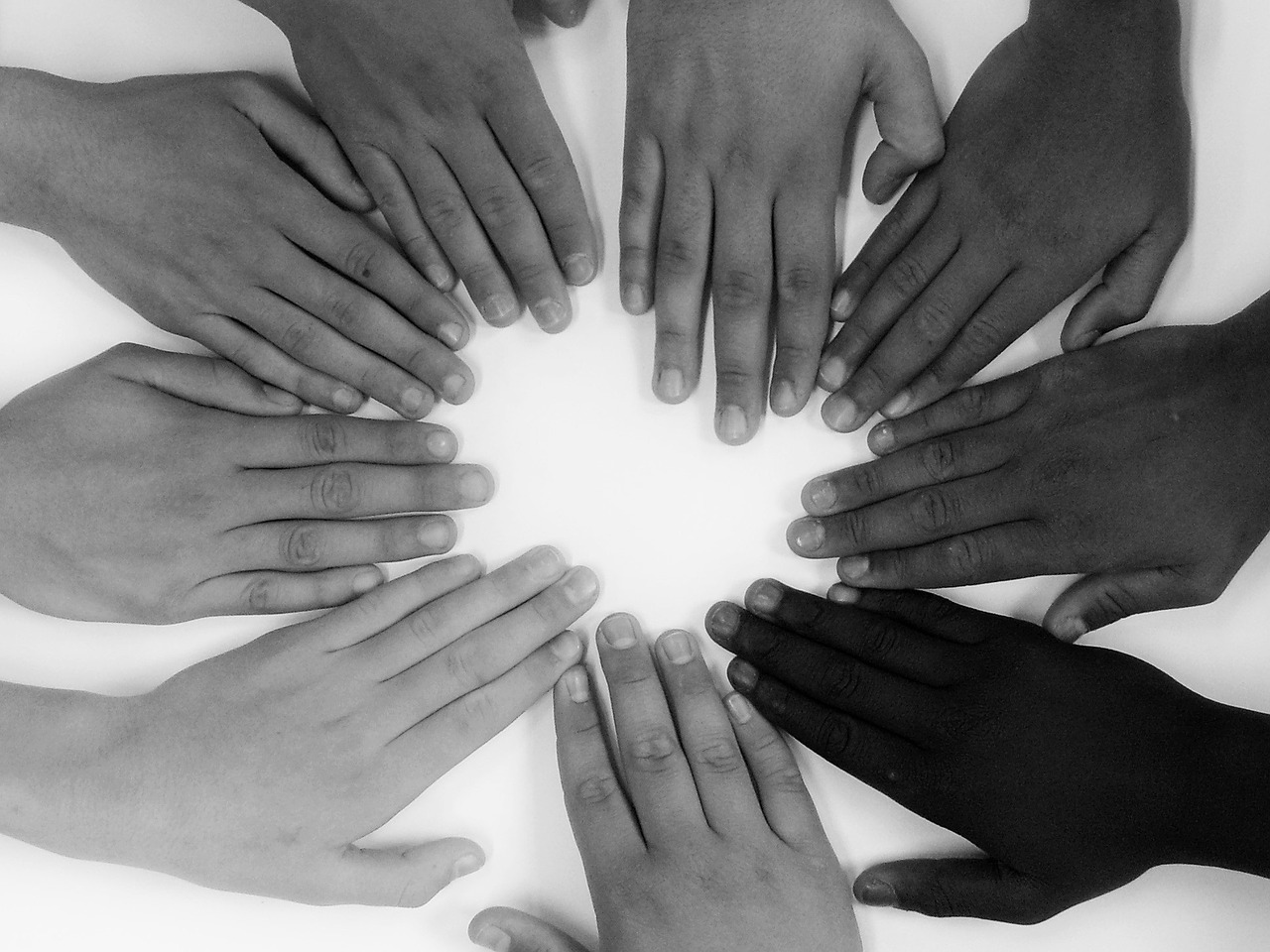In the course of their settlement in the West, Muslims have passed through several stages in the creation of associations. In the first period, it was a question of gathering together either on the basis of a common origin (by creating organizations for people coming from the same country) or, more often, with the aim of carrying out a project such as the establishment of a mosque. These were the two axes that most attracted new arrivals. Slowly, new kinds of structures came into being, more oriented toward education, social work, and more specialized activities (e.g., for young people, students, women) or toward Muslim representation at local and national levels. It is organizations of this type that characterize the general landscape of Muslim communities today both in Europe and in the United States. They are all the fruit of the initiatives of Muslims who wanted to become involved in one field or another, and all refer in their titles to the “Islamic” character of their approach. They have become part of the national picture of voluntary associations in practically all Western countries, even those where the Muslim presence is a recent phenomenon and even if there is sometimes no structure of representation at the national level. The number of such Muslim associations has multiplied exponentially in the past few years.
These organizations are essential, and they must remain present and active in Western countries because they help to normalize the presence of Muslims in the West. However, it is important, at least in those countries where the Muslim presence is the most long-standing, to consider embarking on a new phase in the type of organizations invented and founded by Western Muslims. This third age of associational structures for Muslims should make it possible for them to create new organizations that, while complementing what is already being done in the field, will be set up around shared values, social projects, and causes and will not be based simply on the Muslim identity of its founders. These will not be partnerships with other associations but, taking one step further, will represent shared commitments within one association. If necessary, new structures could be created, or they could quite simply be integrated into existing organizations (as numerous Muslims have already done in the United States and Europe): the important thing is to establish places of real encounter, dialogue, and commitment “together” in the name of values held in common by virtue of sharing a citizenship lived in an egalitarian fashion. This type of involvement is more complex on the ethical level because, in a situation where we are not “among our own,” we must sometimes face situations or behavior that are not in harmony with our values or codes of conduct. By making time for dialogue and explanation, by defining clearly the boundaries of commitment, it is possible to find areas of agreement. It takes time: creating an atmosphere of trust and respect requires that we talk to each other, listen to each other, and do not refuse to respond to any question provided it is asked with respect and with the intention of seeking understand. This is what is lacking these days between Muslims and their fellow-citizens—joint meetings; frank, deep, and sincere discussion; and partnerships that alone can build the mutual trust that is so wanting. This third age of associational structures should make it possible for Muslims achieve part of this objective, which, beyond its practical results, reminds us that we have numerous values in common that invite us to enter into commitments side by side.
Many Muslims, still unsure of their identity and of what people think of them, are afraid of going too far in this direction. And we are still far from reaching this point in many European countries, but is the end this is the direction in which the Islamic association landscape in the West is bound to evolve—Muslim citizens distributed among cultural networks, working in specialized “Islamic associations,” and ultimately participating in bodies that unite those with pluralistic beliefs but common values. In the end, this is the universal dimension of Islam, integrating pluralism and human diversity and inviting everyone in the sense suggested by the saying: Know who you are and commit yourself with the Other for dignity, justice, and peace, for the Other as well as for yourself.




